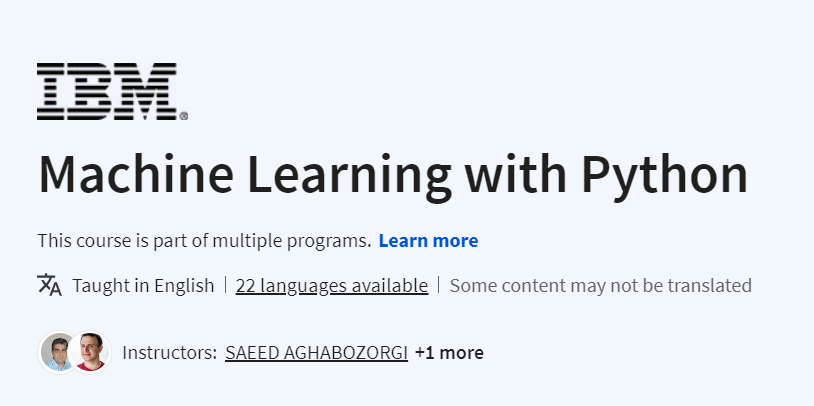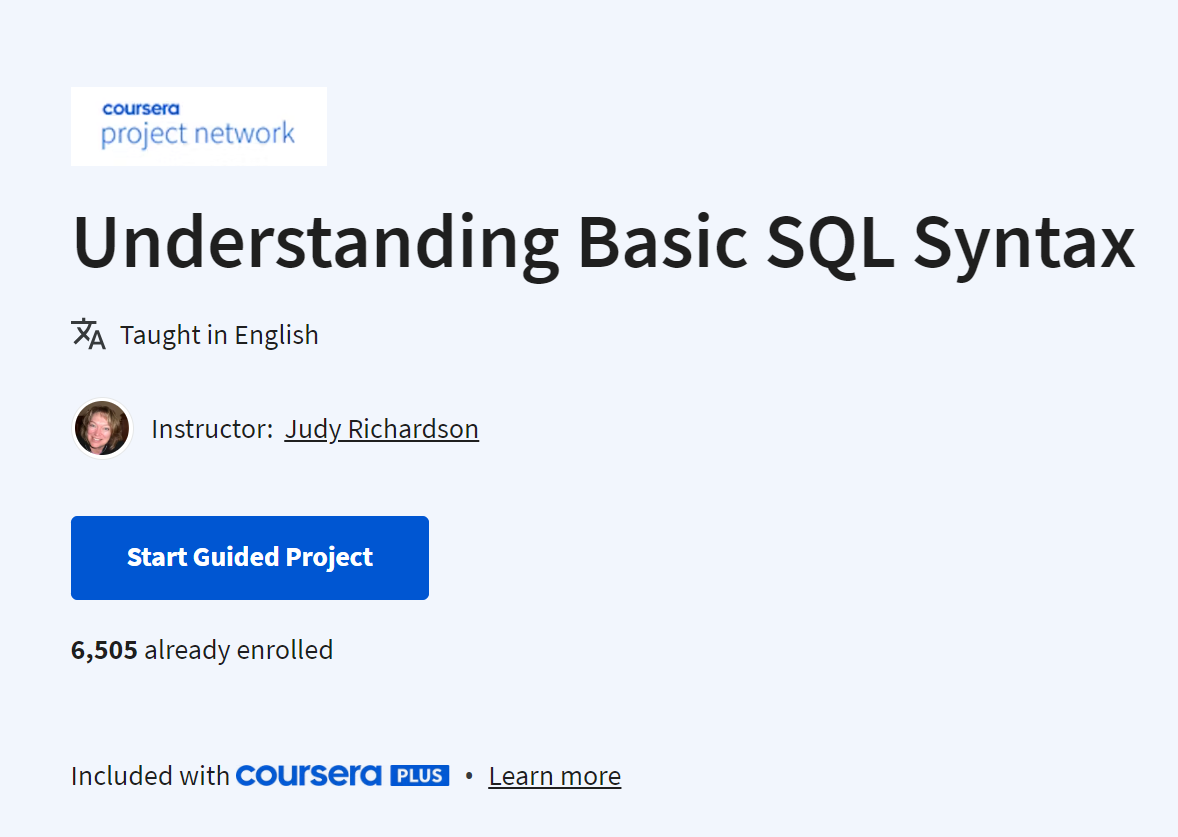
Analyze Data to Answer Questions

Python Coding November 16, 2023 Course, Data Science, Google No comments

Python Coding November 16, 2023 Data Science, Google No comments

Python Coding November 16, 2023 Course, Data Science, Google No comments

Python Coding November 16, 2023 Course, Data Science, Google No comments

Python Coding November 16, 2023 Data Science, Google No comments

Python Coding November 16, 2023 Course, Data Science, Google No comments

Python Coding November 16, 2023 Course, Data Science, Google No comments

Python Coding November 16, 2023 Course, Data Science, Google No comments

Python Coding November 16, 2023 Course, Cybersecurity, Google No comments

Python Coding November 16, 2023 Course No comments

Python Coding November 16, 2023 Course No comments

Python Coding November 16, 2023 Projects, Python No comments

Python Coding November 16, 2023 Course, Machine Learning No comments

Python Coding November 15, 2023 Python No comments
.png)
Python Coding November 14, 2023 Python No comments
Python Coding November 14, 2023 Python No comments
Python Coding November 14, 2023 Python No comments
Python Coding November 14, 2023 Python No comments

Python Coding November 14, 2023 Course, Software No comments

Python Coding November 14, 2023 Course, Python No comments

Python Coding November 14, 2023 Python No comments
.png)
Python Coding November 13, 2023 Python No comments
.png)
Python Coding November 13, 2023 Python No comments

Python Coding November 13, 2023 Python No comments
Python Coding November 12, 2023 Projects, Python No comments

Python Coding November 12, 2023 Projects, SQL No comments

Python Coding November 12, 2023 Python No comments
.png)
Python Coding November 12, 2023 Books No comments

Free Books Python Programming for Beginnershttps://t.co/uzyTwE2B9O
— Python Coding (@clcoding) September 11, 2023
Top 10 Python Data Science book
— Python Coding (@clcoding) July 9, 2023
🧵:
Top 4 free Mathematics course for Data Science ! pic.twitter.com/s5qYPLm2lY
— Python Coding (@clcoding) April 26, 2024
Web Development using Python
— Python Coding (@clcoding) December 2, 2023
🧵: